List of facial hairstyles
This article needs additional citations for verification. (June 2016) |
This is a list of facial hairstyles.
| Name | Image | Description |
|---|---|---|
| Balbo | 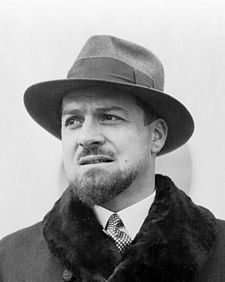
|
An extended version of the Van Dyke which wraps around the mouth, with the ends of the moustache (and sometimes also the jawline) flared out beyond the lines that connect to the chin. Named for Italian Marshal of the Air Force Italo Balbo. This style was common among 19th- and early 20th-century German collegiates and military officials. |
| Beard | 
|
The simple term beard is an umbrella term which can include any style of facial hair that isn't clean-shaven or just a moustache.
A "full beard" is one which shows full, unmodified growth on all available areas of the face and neck, including the moustache, chin, sideburns, and cheeks. |
| Chin curtain | 
|
A full beard without a moustache or neck hair, sometimes called a "lion's mane." |
| Chinstrap beard | 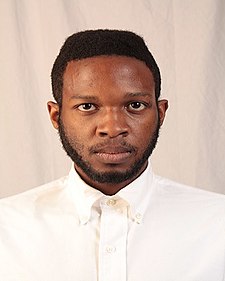
|
Sideburns which are connected to each other by a narrow line of hair along the jaw, resembling a helmet strap harnessed to one's chin. |
| Clean shaven | 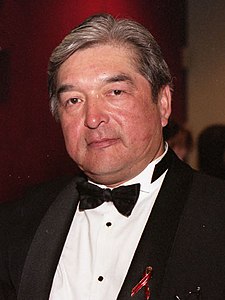
|
A clean shaven facial hairstyle contains no facial hair at all other than eyebrows and short, neatly trimmed sideburns. As the name suggests, the face is cleanly shaven. To remain clean shaven, daily shaving is often required. |
| Designer stubble (also called five o'clock shadow) | 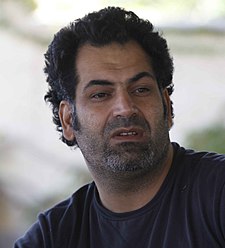
|
A stubble is any length of hair which is long enough to be seen, but short enough to not fully cover the skin beneath. This contributes to an image that a man is anywhere between relaxed and casual to disheveled and unclean.
The term five-o'clock shadow refers to stubble which is very short, apparently only a few hours' growth (as it would look at 5 PM after a man shaved that morning). |
| Friendly muttonchops | 
|
Muttonchops which are connected by a moustache, but no chin hair (which would make it a full beard).[1] |
| Fu Manchu | A thin, narrow, moustache that grows downward in two very long tendrils from the upper lip, with the tapered, pointed ends hanging past the jawline. It is similar to the horseshoe moustache, but differentiated by the chin and cheeks area being smooth shaven with the lip tendrils overhanging them.[2] The moustache is named after Fu Manchu, a fictional Chinese master-criminal created by Sax Rohmer in 1911, whose portrayal in print and film media established the style. | |
| Goat patch | 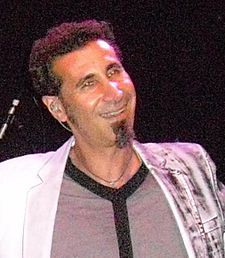
|
Facial hair growing from the chin directly beneath the mouth. This is meant to resemble the hair on the chin of a goat. Also called a "chin puff" or "chin strip". (Also see: goatee.) |
| Goatee | 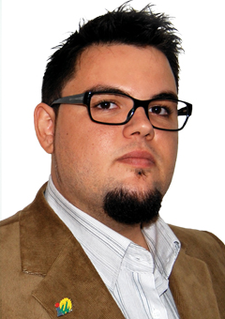
|
A beard style incorporating hair on the chin but not the cheeks. Traditionally, the term referred to a style including only the hair on the lower jaw around the mouth, but has become a blanket term to refer to any style incorporating hair on the chin but not the cheeks, including those with incorporated moustaches. |
| Goatee and moustache (also called circle beard) | 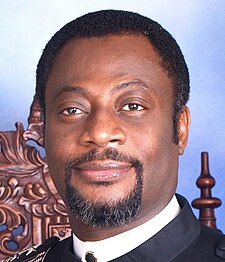
|
A goatee in which the moustache is allowed to connect to the hair on the chin. Also referred to as a circle beard. |
| Handlebar moustache | 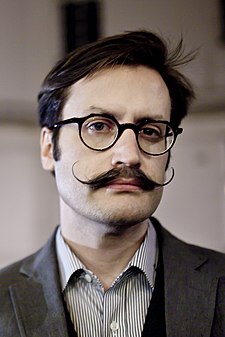
|
A moustache which has its ends grown much longer and often flared out. This is usually accentuated by styling the hair with a product such as hair gel or moustache wax. Occasionally, the ends are worn in loops. |
| Horseshoe moustache | 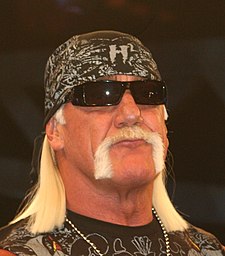
|
A full moustache with ends that extend down in parallel straight lines beyond the upper lip and down to the jawline. It is similar to the traditional goatee, except for the clean-shaven chin, and resembles a horseshoe or an inverted U. |
| Moustache | 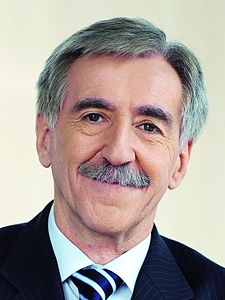
|
A moustache is defined as any facial hair grown specifically on the upper lip. There are many different types of moustache, but all differentiate between hair grown exclusively on the upper lip and hair grown on other parts of the face (which would make the facial hair a beard). |
| Moustache wax | 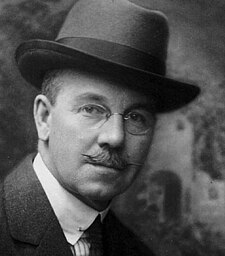
|
A moustache wax is a stiff pomade applied to a moustache as a grooming aid to hold the hairs in place, especially at the extremities. |
| Mutton chops | 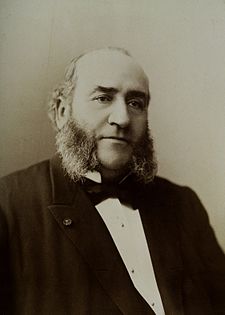
|
A more elaborate growth of sideburns which also grow larger toward the chin, resembling a mutton chop (cut of meat with a bone sticking out). An English style that became popular with some in the US by the early 1800s.[3] |
| Ned Kelly beard | 
|
A Ned Kelly beard is a style of facial hair named after 19th-century Australian bushranger and outlaw Ned Kelly. It consists of a full, luxuriant beard and a moustache, and is typically accompanied by short, styled hair. |
| Neckbeard | 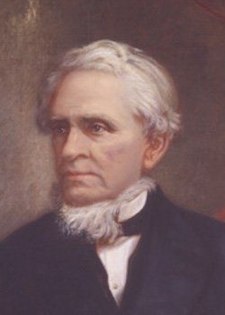
|
A beard which does not include any hair on the face, but includes the hair of the neck, or under the jaw, or both. Popular in the 19th century, wearers included Jefferson Davis, Richard Wagner, Henry David Thoreau, Horace Greeley, and Alpheus Felch. |
| Playoff beard | 
|
A playoff beard is the superstitious practice of male athletes not shaving their beards during the playoffs. Playoff beards were introduced by ice hockey players participating in the Stanley Cup playoffs, and are now a tradition in many sports leagues. |
| Pencil moustache | 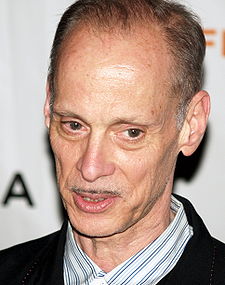
|
A pencil moustache is one which is very thin, usually just above the line of the upper lip. It is supposed to look narrow enough to have been drawn on with a pencil (or eyeliner). Often a man wearing a pencil moustache will shave the area above it to accentuate the remaining hair. |
| Shenandoah | 
|
A fuller version of the chin curtain in which only the moustache is shaved, allowing the hair on the neck to grow out. The Shenandoah style was common in the 19th century in Europe and North America, and is often associated with the Amish community. |
| Sideburns | 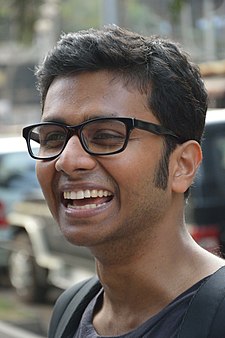
|
Originally known as "Burnsides", sideburns are the patch of hair in front of the ears which connects a beard to the hair of one's head. Any extension beyond a simple corner angle on the front side of the head is considered to be a sideburn, though they can range widely in size from short and neatly cropped to the distinctly massive "muttonchops" of Ambrose Burnside (who gave the term its original name). |
| Sidewhiskers | 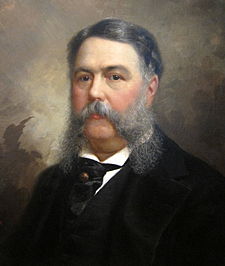
|
Related to sideburns and muttonchops, but considerably more extreme. Classic sidewhiskers hang well below the jawline. They may be connected via a moustache, as in this picture of Chester A. Arthur, but this is not always the case (similar to the situation with standard and friendly mutton chops). |
| Soul patch | 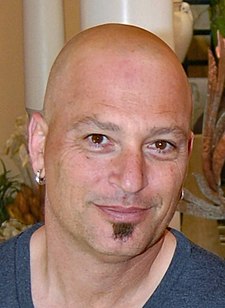
|
A soul patch is grown just below the lower lip, but does not grow past the chin (i.e., goat patch). This facial hairstyle is often grown narrow and sometimes made into a spike. The stereotypical image of a 1960s beatnik often includes a soul patch. Howie Mandel (pictured) is a notable modern-day man known for sporting a soul patch. |
| Toothbrush moustache | 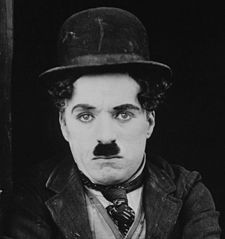
|
This is a narrow but tall moustache which generally does not extend beyond the sides of the nose, and extends to the upper lip. This type of facial hair resembles a small brush like a toothbrush, where the "bristles" are attached to the bottom of the nose, which was once thought comical.
Charlie Chaplin was the first famous man to sport this look, and his popularity circa 1915 made the toothbrush style fashionable worldwide in the early 20th century. However, Adolf Hitler's adoption of the style from 1919 onward eventually led to a distinct association between the style and the German Nazi leader. Resultantly dubbed the "Hitler moustache" in the public consciousness, the style faded from popularity after 1939 and was nearly extinct after World War II. |
| Van Dyke beard | 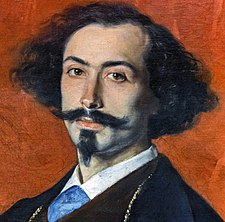
|
The Van Dyke style is a type of goatee in which the chin hair is disconnected from the moustache hair. Often the two patches are shaped and styled independently of each other, sometimes with the chin being made into a narrow oval shape and the moustache flared out like a Handlebar style. This style is sometimes conflated with the "French Beard", which has a fuller chin beard. |
| Walrus moustache | 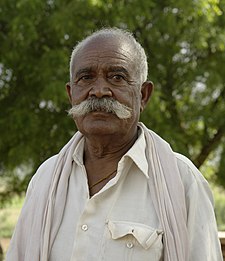
|
The walrus moustache is characterized by whiskers that are thick, bushy, and droop over the mouth. The style resembles the whiskers of a walrus, hence the name. |
| The Zappa[4][5] | 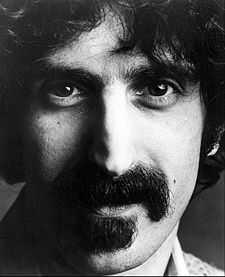
|
The Zappa style consists of a wide soul patch and full moustache that extends slightly downward past the corners of the mouth. Named for American musician Frank Zappa. |
See also
References
- ^ "beard styles: friendly mutton chops". 5 February 2015.
- ^ www.americanmoustacheinstitute.org moustache Styles Retrieved Jan 30, 2011
- ^ Richardson, A. D. (1866). "4". Our New States and Territories. Beadel & Co. p. 66.
- ^ This Movember go the distance with these whacky moustache styles
- ^ Inside the Zappa family feud
